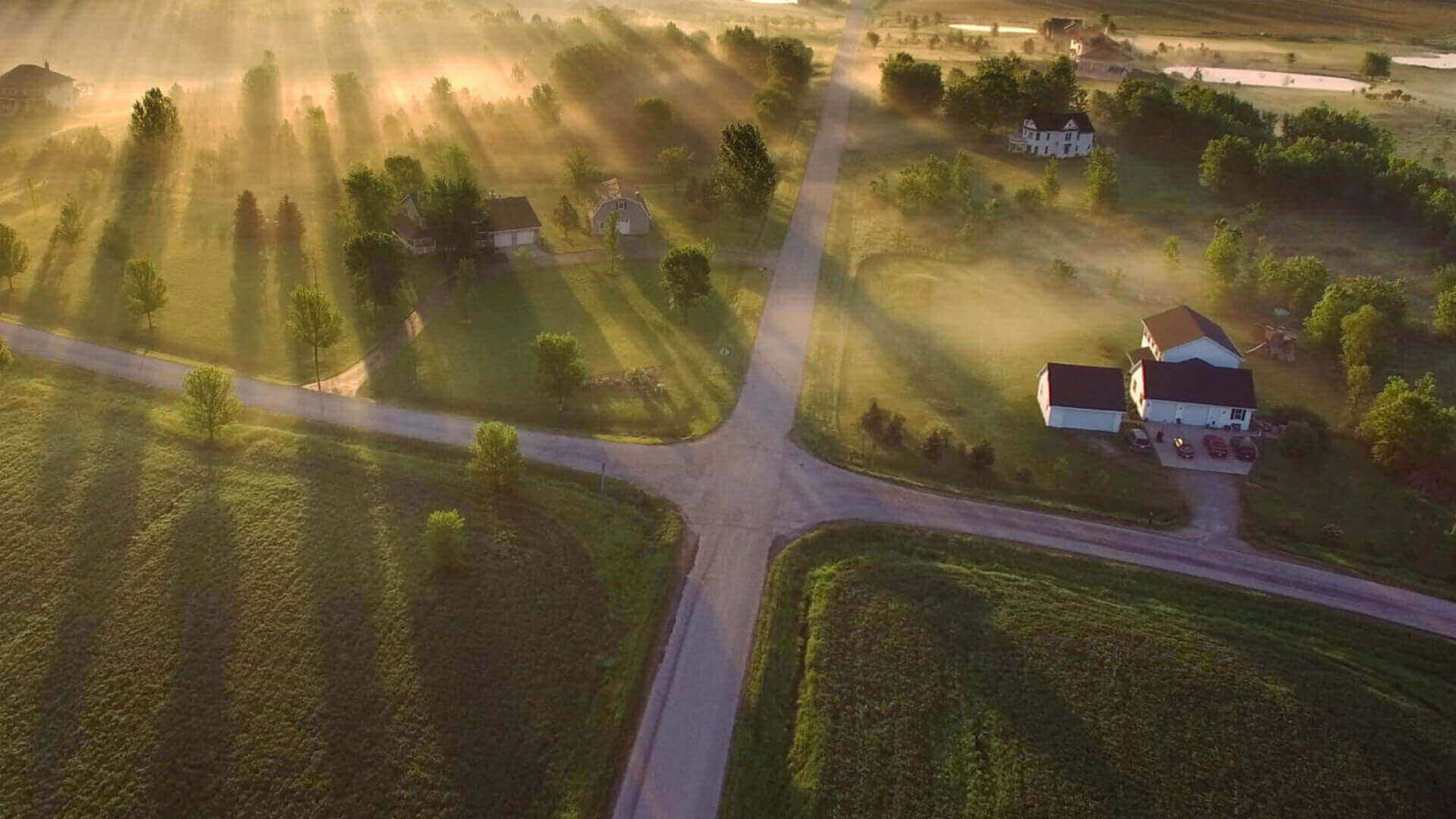Solar Slate contributes to Northern Ireland’s first Level 6 home

The result combines a cost effective demonstration to both private and social housebuilders of the route between Eco Homes and the Code, as well as delivering an attractive offering for homebuyers. In the current market of rising energy prices, and the impact this has on all sectors of industry, a house that incurs no electricity, no heating and no gas bills, stands to save a considerable sum for occupants, making it a far more saleable asset for the builder. Because of its carbon neutral status, the house is also exempt from council rates, representing a further long-term saving.
Instead of paying for the building’s energy and running costs, its occupants will in fact gain up to £200 a year because the solar pv system Solarcentury has installed has the potential to generate electricity in excess of occupancy requirements, exporting the additional units to the Grid, and receiving NIROC’s income from utility company Northern Ireland Electricity in return.
72 of Solarcentury’s C21e Slate roof tiles have been installed on the house, the system being carefully selected to work with a range of energy saving methods and building systems in order to achieve the highest rating and lowest carbon output. These include air source heat pumps, mechanical ventilation and heat recovery, quadruple glazing and structural insulated panels (SIPs).
As the building’s primary means of generating its own electricity, the solar pv system on the roof needs to be as efficient as possible. This system has the potential to generate 3.74 kilowatt peak of electricity. Ideally installed on a south-facing pitched roof, the roof tiles from Solarcentury are designed to replicate the appearance of standard slate tiles, and they are installed in the same way, yet have photovoltaic cells integrated into their construction.
Because solar power is free, and abundantly available – working from the transformation of light photons, not direct sunlight, into electricity current – it is a highly effective means of powering both residential and commercial buildings. Virtually ‘fit and forget’, solar pv roof tiles are simple to install by a roofing contractor because they have no pipework, cylinders, pumps or expansion vessels to take up space and use standard slate installation practices. They work silently during daylight hours to generate clean electricity, which is fed via a transformer to deliver alternating current to the home that can be used in the same way as standard Grid-fed power. That which is not used during the day is automatically fed into the national grid, reaping a pay-back for the homeowner. Meanwhile the solar pv tiles themselves require virtually no maintenance, they are self-cleaning by natural rainfall, and are provided by Solarcentury with a power warranty of 20 years.
Stephen McCready of Sky Developments knew that solar photovoltaic technology was the best choice of renewable electricity for this project: “Average homes in Northern Ireland are energy rated E, meaning this project represents a significant leap forward using Modern Methods of Construction and design in a cost effective way to achieve such an improved rating. The technology built into the structure will provide 130% of the energy needed for lighting, heating and cooking.”
The design element of the build was another key driver for the specification of solar pv. Because space is at a premium on any construction site, making use of otherwise redundant space on the roof of a building offers a way to incorporate renewable energy with none of the cost associated with the space that tanks, pumps and vessels take up. Meanwhile, the roof is still a visible part of the building, so aesthetics also need to be taken into account to achieve stringent planning requirements.
“This is a first for many reasons. The first zero-carbon rated house in Northern Ireland, and the first example of a private developer using C21e Slate. The C21e Slate roof tile is ideal for areas where the local vernacular demands a slate roof tile finish,” explains Andrew Baird of Solarcentury Northern Ireland, “It is designed to sit alongside natural slate, reconstituted slate or fibre cement roof tiles. The aesthetic angle is particularly key for developers working in conservation areas, or regions where there is a restriction on the types of building materials that are used.
“Sky Developments has established a new benchmark with this development, designing a house that is truly fit-for-purpose in the 21st century. The vision and commitment of the entire Sky Developments team to low and zero-carbon design, at a time of depressed market conditions demonstrates immense leadership and has generated massive market interest. The intention to roll this concept out to private and social housing ensures that low carbon homes are within everyone’s reach.”



